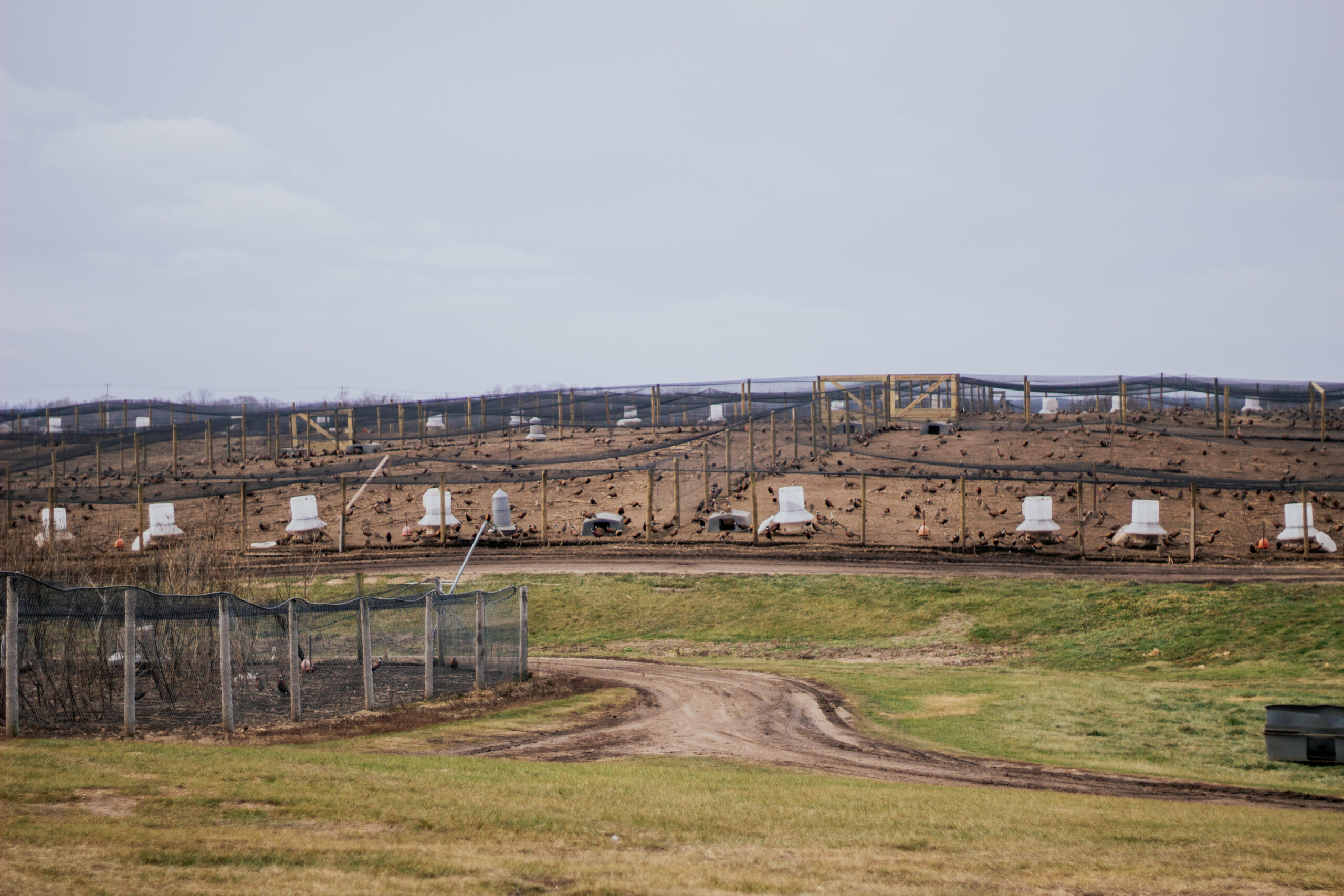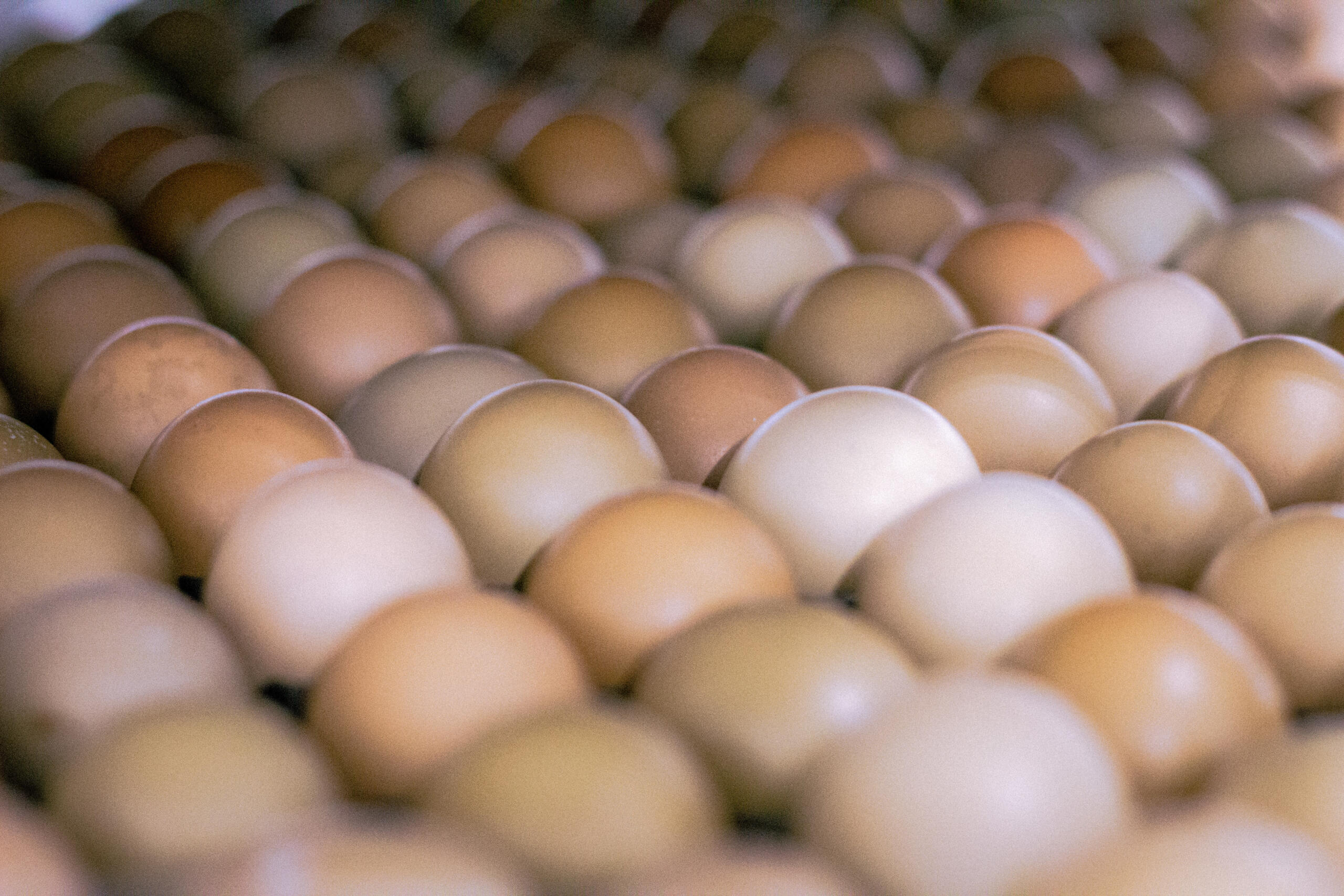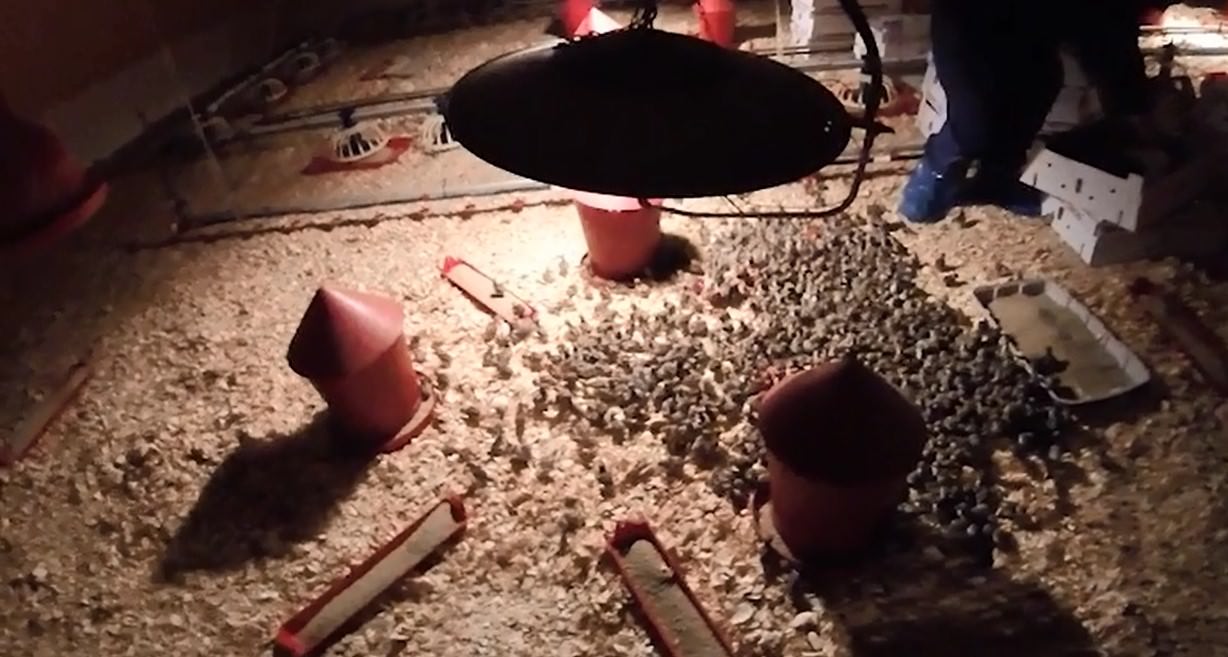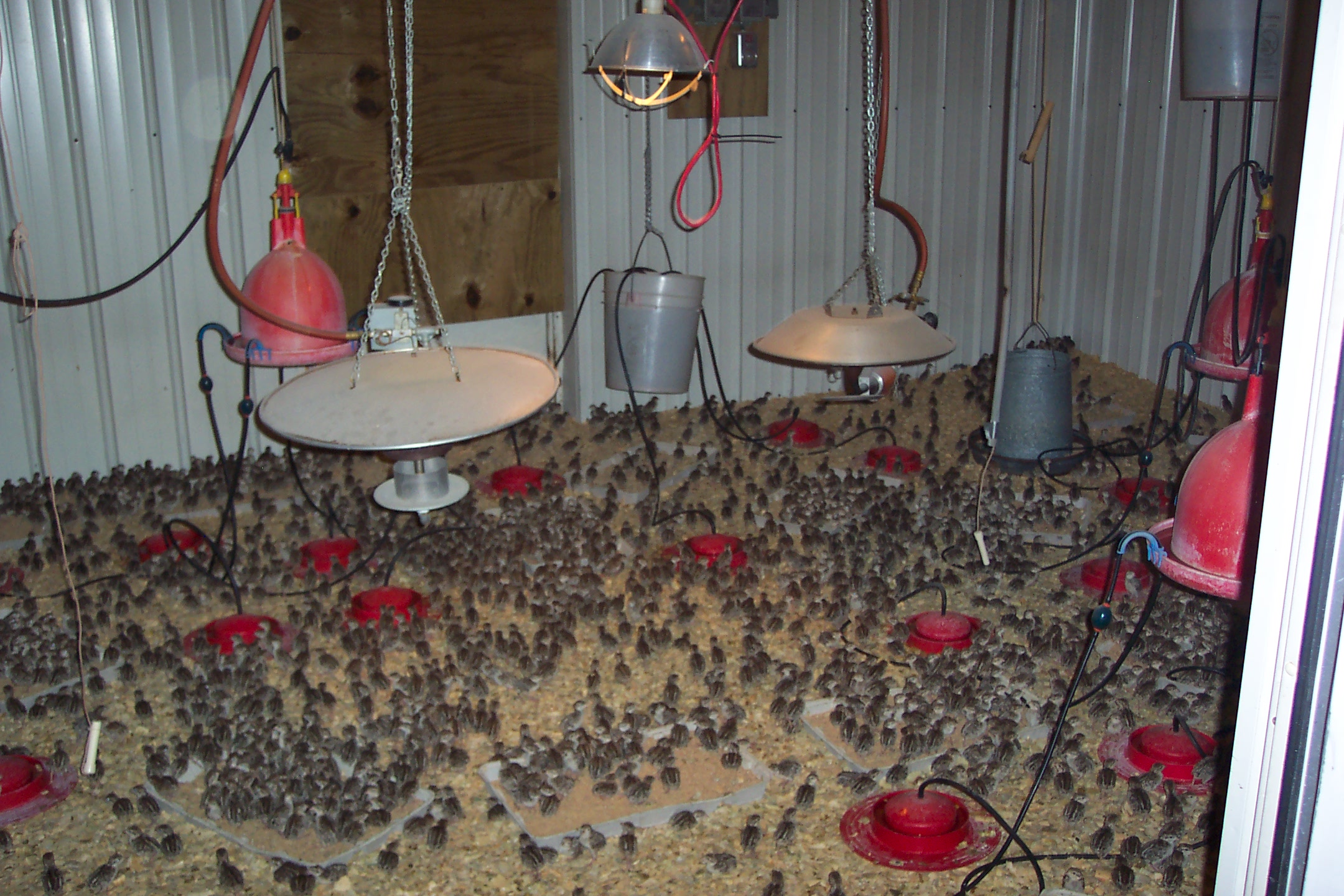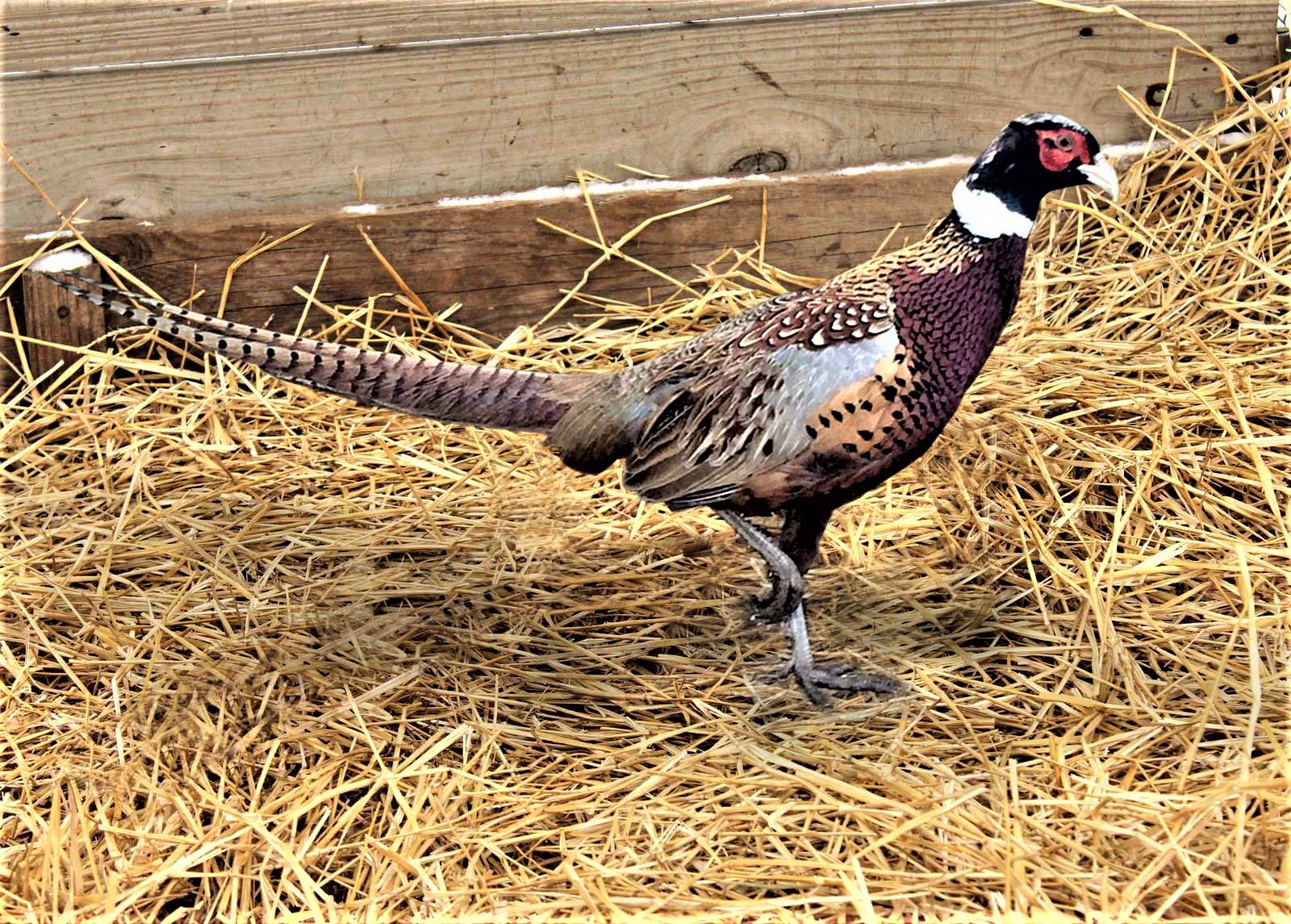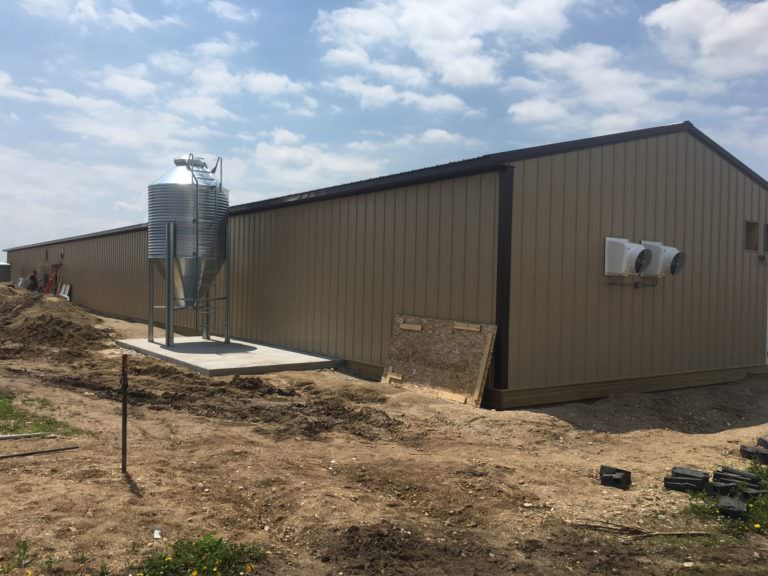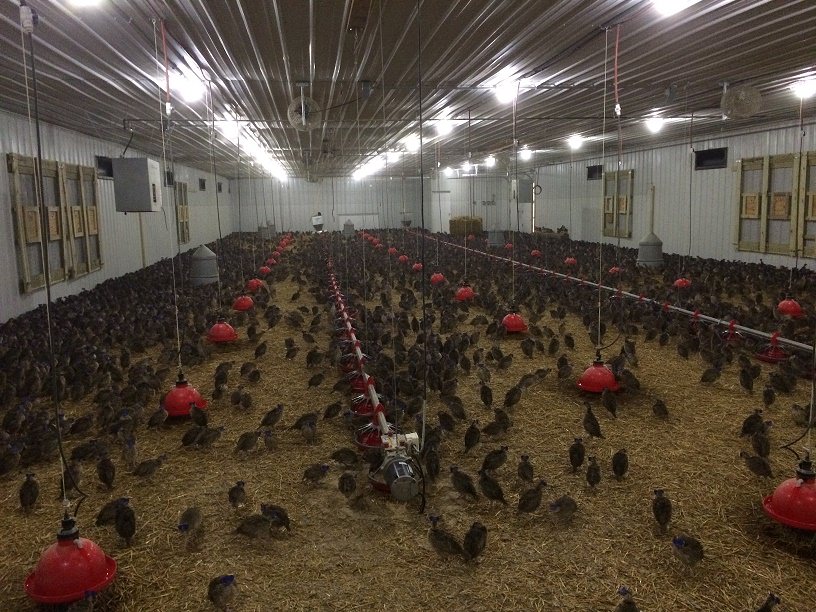Preventing Aspergillosis in Pheasant Barns
Aspergillosis can be a very devastating disease to a young flock. Aspergillosis is caused by the mold Aspergillosis fumigates that can be found in both bedding and feed. If there is mold present in the brooder house the birds will breath in the spores and become infected. Once the chicks become infected the mold stays inside the respiratory tract and can eventually suffocate the chick. Upon necropsy examination, small white round lesions can be observed on the lungs and the air sacs of the chicks. If there is a lot of aspergillosis present it can form a ‘plug’ in the tracheal branch.
If Aspergillosis is diagnosed a few things can be done to minimize the effects. The contaminated litter or feed needs to be removed from the room. If complete bedding removal is not feasible then an oxine and water mixture can be used to fog the room. This will kill a majority of the aspergillosis in the litter and may also kill some in the respiratory tract of the bird after it breathes it in. Chicks could also contact a secondary infection because their immune system will be compromised. An antibiotic can be used to ward off secondary infections before they infect and kill the chicks.
Prevention of Aspergillosis is the main goal. Being cautious on what is used for bedding and feed can do this. When choosing bedding for the barn you want to make sure it is dry and not moldy. Bedding can be dry and still contain mold if it molded before drying. Even if dry bedding is placed in the barn, it can still mold and grow Aspergillosis. Good ventilation needs to be in place to keep the bedding dry and prevent this from happening. If leaks occur in the barn they need to be cleaned up right away. If the bedding is allowed to mold and then dries out the spores become airborne infecting the chicks’ respiratory tracts. Mold inhibitors may also be added to the bedding when the barn is initially set up to prevent mold growth.
Mold can also be found in feed from plant ingredients if the crop contained mold. In order to keep mold from growing inside the barn the feed lines and feed bins need to be kept dry and feed not allowed to cake inside the feeders. Here again, mold inhibitors may be added to the feed at the mill to control mold growth and prevent infection from the feed.
Related Posts
Preparing Our Barns & Pens Each Spring
Read Post
Incubation of Pheasant Eggs
Read Post
Interpreting Water Results
Read Post
How We Prepare For Brooding Our Chicks
Read Post
Our Milton Farm in 2024!
Read Post
10 Ways To Get the Most Out Of Brooder Barns
Read Post
Air Flow in Barns
Read Post
Barn Maintenance at MacFarlane Pheasants’ Milton Farm
Read Post
Take Advantage of These Free Resources
As the biggest game bird farm in the United States, we want to share our experience with you. Download our free resources below and get started.




